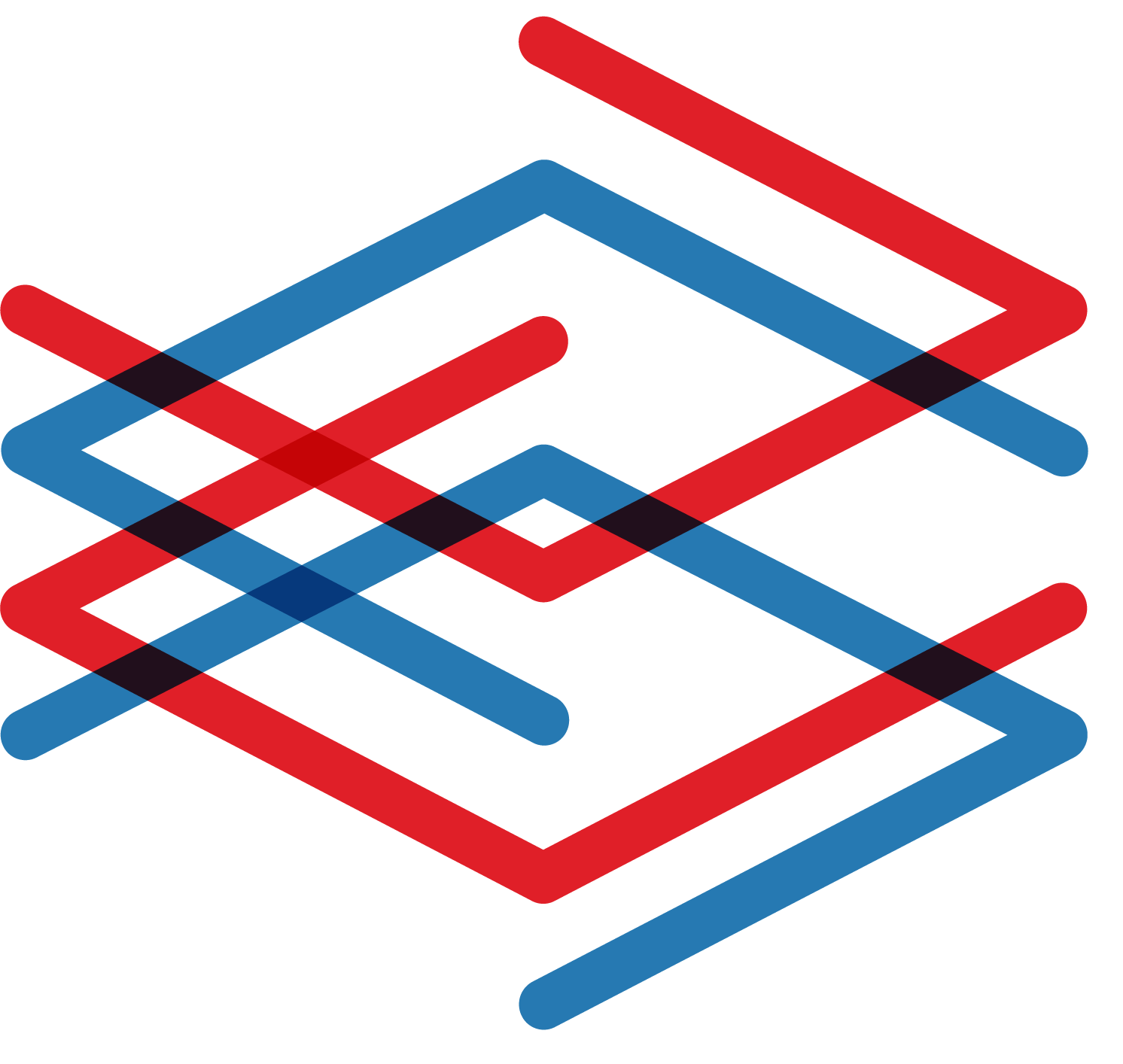Second stop in our 3P’s journey in cybersecurity : Process
- Lea Deswarte
- Oct 23, 2023
- 3 min read
For years, IT has recognized the trio of 'People, Process, and Product' as foundational elements, and this very concept holds equal weight in the domain of cybersecurity. How can Malizen empower you in putting these principles into practice? That's precisely what our article series, the 3P journey, is all about. Our next destination: Process!
What about processes ?
Bruce Schneier nails it with his saying, "Security is a process, not a product." Every company should think of security this way. The process pillar is made up of multiple parts: management systems, governance, policies and procedures, and managing third parties… Challenges exist at every level when it comes to implementing effective security procedures. We will focus on the specific challenges where Malizen can make an impact on the efficiency of cyber processes.
Security Incident Reporting — Detecting incidents or identifying security vulnerabilities isn't sufficient. Effective action, often involving the deployment of solutions or explanations to various stakeholders, is crucial. This is where reporting plays a pivotal role. Unfortunately, generating reports traditionally is a time-consuming task, requiring data transcription into comprehensible documents. This poses a twofold problem for cyber teams. First, it consumes valuable time that could be used for further analyses. Second, the technical jargon prevalent in cybersecurity reports often creates a disconnect between experts and non-technical audiences. Bridging this communication gap is often overlooked but necessary in the world of cybersecurity.
Regular Evaluation and Improvement — To talk about continuous improvement, let's take the example of detection frameworks. Having too many alerts can overwhelm analyst teams, requiring them to assess numerous alerts. Conversely, having too few alerts can lead to uncertainty about potential cyberattacks. Striking the right balance is key in optimizing cybersecurity operations, where an effective detection framework provides the right amount of actionable alerts without overwhelming the analysts, ensuring a vigilant yet manageable security posture.
Collaboration and Communication — Analysts rarely work in isolation; they operate within teams. This collaborative approach ensures a more comprehensive response to threats. Generalists delegate investigations to specialists, and triage analysts escalate alerts for further examination, while SOC teams hand over responsibilities seamlessly during shifts. Effective collaboration is crucial for these teams, alongside their technical expertise.
The Malizen way
Security Incident Reporting — Our approach streamlines and shares note-taking during cyber investigations, enhancing collaboration. By continuously collecting contextual data, we can then automate report generation, minimizing manual work for analysts. We also aim to provide actionable KPIs, such as incident cost valuation, to convey severity to stakeholders clearly. Our goal is to bridge cyber-specific data with company-specific insights, making reports more accessible. For instance, SOC managers can efficiently generate slides for executive reports. Make reporting a useful decision-making and communication tool. These are all objectives at the heart of our automatic reporting module.
Regular Evaluation and Improvement — We've brought threat hunting closer to SIEM optimisation. This helps organizations to leverage insights gained from threat hunting activities to efficiently refine SIEM configuration and detection rules. The result is continous improvement in detection capabilities and a substantial reduction in the occurrence of false positives, effectively sealing the loop of security enhancement.
Collaboration and Communication — Many cybersecurity teams still rely on chat software or email, which, though an improvement over traditional methods, presents challenges in maintaining a streamlined investigation status. To address this, our platform integrates a collaborative investigation module, recognizing that teamwork is an essential, non-negotiable component for successful cybersecurity operations.
Conclusion
In our prior blog post, we discussed our support for cybersecurity teams in tackling People challenges. However, it's crucial to recognize that the 3P approach is holistic, with all three pillars requiring continuous attention. Through automated reporting, collaborative investigations, and detection optimisation loop, Malizen facilitates this comprehensive approach.


